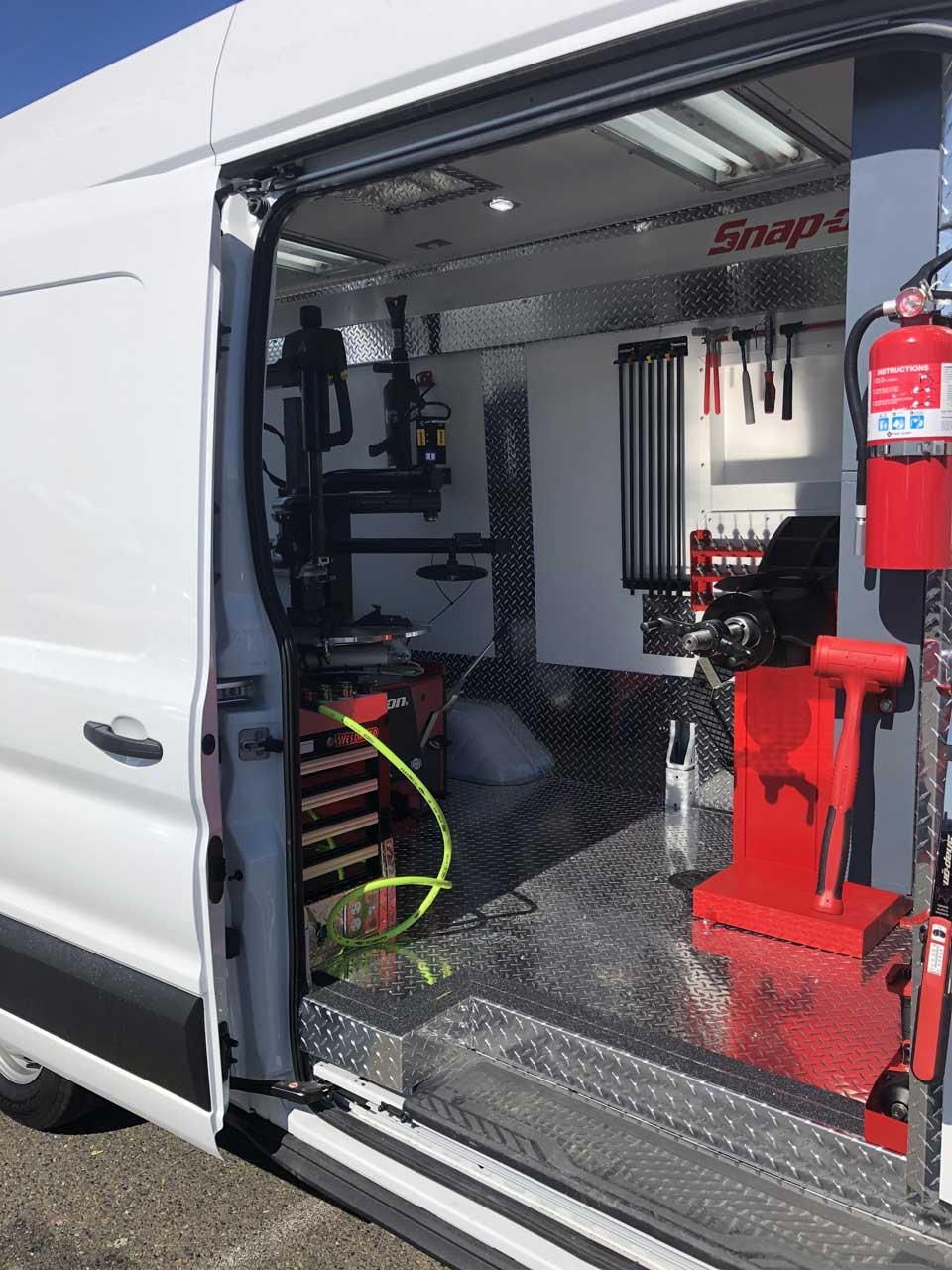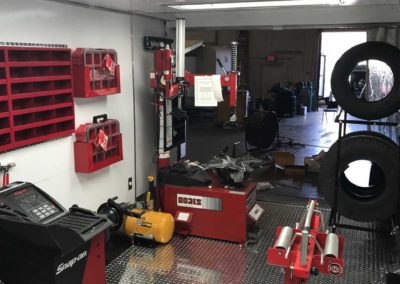Trusted Mobile Tire Service Las Vegas - On-Time Solutions
Trusted Mobile Tire Service Las Vegas - On-Time Solutions
Blog Article
Tire Solution: Proven Techniques for Optimal Tire Upkeep and Treatment
From ensuring appropriate tire stress to normal turning and alignment, there are tested techniques that can dramatically extend the lifespan of your tires and improve total driving experience. Allow's dive into the world of tire solution and uncover the secrets to maintaining your tires in top-notch shape for the long haul - Flat Tire Repair Las Vegas.
Importance of Tire Pressure
Appropriate tire pressure advertises much better fuel performance, as under-inflated tires can lead to enhanced rolling resistance, creating the engine to work more challenging and take in more fuel. Correct tire pressure makes certain also walk wear, enhancing tire longevity and saving cash in the lengthy run by postponing the need for premature substitutes. Regularly readjusting and examining tire pressure, especially previously long trips, is a basic yet reliable way to enhance car performance, prolong tire life expectancy, and focus on safety and security on the roadway.
Tire Turning Standards
When considering tire rotation guidelines, it is important to comprehend the significance of this maintenance task in maximizing tire lifespan and maintaining optimal vehicle performance. Tire turning entails transforming the placement of each tire on a lorry to make certain also walk wear. Front tires have a tendency to use faster than rear tires due to guiding pressures, making regular rotation essential for balanced wear patterns. The recommended turning pattern differs depending upon whether a lorry is front-wheel, rear-wheel, all-wheel, or 4x4. Normally, tires must be rotated every 5,000 to 7,500 miles, or as advised in the vehicle guidebook. Ignoring tire rotation can lead to irregular wear, impacting handling, traction, and possibly compromising automobile security. By adhering to correct rotation standards, vehicle drivers can prolong the life of their tires, improve gas effectiveness, and enhance total driving experience. Routine turning is a basic yet effective upkeep technique that contributes considerably to tire longevity and vehicle efficiency.

Advantages of Wheel Positioning
Guaranteeing correct wheel alignment after tire rotation is vital for keeping balanced wear patterns and optimizing lorry performance. Wheel alignment refers to the modification of the angles of the wheels to the supplier's requirements. One of the essential benefits of wheel positioning is boosted taking care of and steering reaction. When the wheels are appropriately straightened, it lowers guiding initiative, ensuring a smoother and more controlled driving experience. Additionally, appropriate wheel alignment helps to extend the life expectancy of your tires. Misaligned wheels can trigger unequal tire wear, resulting in premature tire replacement and enhanced maintenance costs.

Tire Footstep Deepness Inspect
Executing a regular evaluation of tire walk deepness is essential for preserving risk-free driving problems and prolonging the lifespan of your tires. The walk on your tires plays a vital function in supplying grip, specifically in damp or slippery conditions. To examine your tire walk deepness, you can utilize a step deepness scale or the cent examination. The advised step depth goes to least 2/32 of an inch. It is time to replace your tires to guarantee ideal performance and security on the road if the walk depth is below this threshold. Uneven step wear can show concerns with tire positioning, suspension, or pressure, highlighting the value of routine walk depth checks. Overlooking to keep track of and maintain proper step deepness can cause decreased grip, longer braking ranges, and a boosted danger of hydroplaning. By incorporating tire step deepness look into your routine upkeep routine, you can drive with confidence understanding that your tires are in leading condition.
Seasonal Tire Inspection
Seasonal tire inspection is a fundamental facet of tire upkeep that makes certain tires are all set to encounter the difficulties presented by different weather conditions. In prep work for winter months, it is necessary to inspect the tire pressure routinely as cold temperature levels can create tire stress to go down. By carrying out routine seasonal tire assessments, vehicle drivers can prolong tire life expectancy, boost gas performance, and most significantly, make certain a secure driving experience in varying climate conditions.
Verdict
To conclude, preserving proper tire pressure, turning tires routinely, straightening wheels properly, checking walk deepness, and carrying out seasonal assessments are important methods for ideal tire treatment. By complying with these proven approaches, motorists can ensure their tires last much longer, execute better, and add to overall automobile safety. It is essential to prioritize tire upkeep to stop crashes, boost fuel performance, and lengthen the life expectancy of tires.
Sufficient tire stress promotes much better gas efficiency, you can find out more as under-inflated tires can lead to boosted rolling resistance, creating the engine to work more challenging and eat more fuel.When taking into consideration tire rotation guidelines, it is necessary to recognize the significance of this upkeep job in optimizing tire life-span and maintaining optimal automobile efficiency. Seasonal tire examination is a fundamental aspect of tire maintenance that makes sure tires are all set to encounter the content obstacles posed by different weather condition conditions. By carrying out regular seasonal tire assessments, vehicle drivers can prolong tire lifespan, enhance fuel efficiency, and most importantly, ensure a protected driving experience in varying weather conditions.
In conclusion, maintaining proper tire pressure, rotating tires routinely, lining up wheels correctly, keeping track of tread depth, and conducting seasonal inspections are essential techniques for optimum tire treatment.
Report this page